Kansas Aviation Museum - Wichita KS
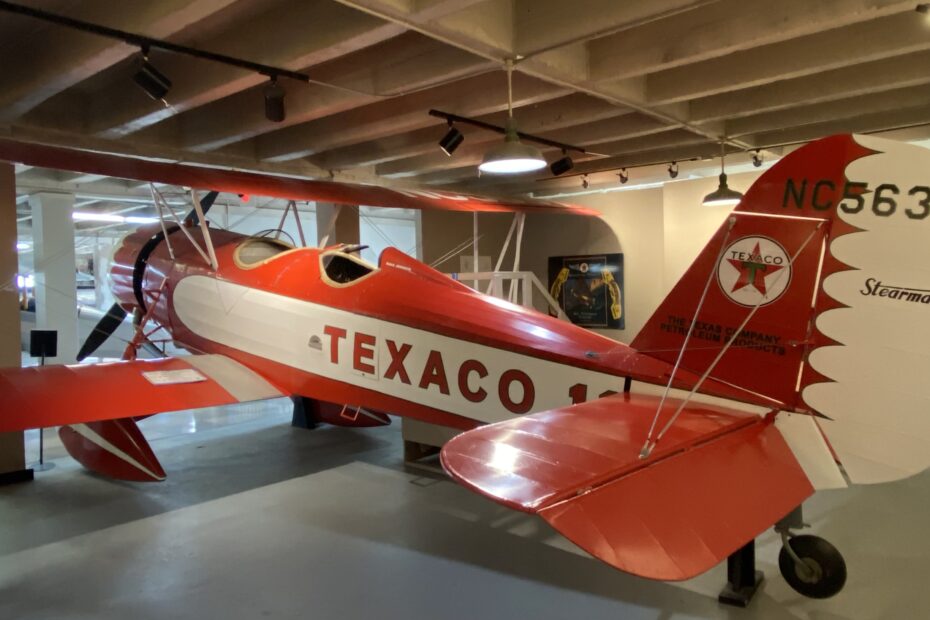
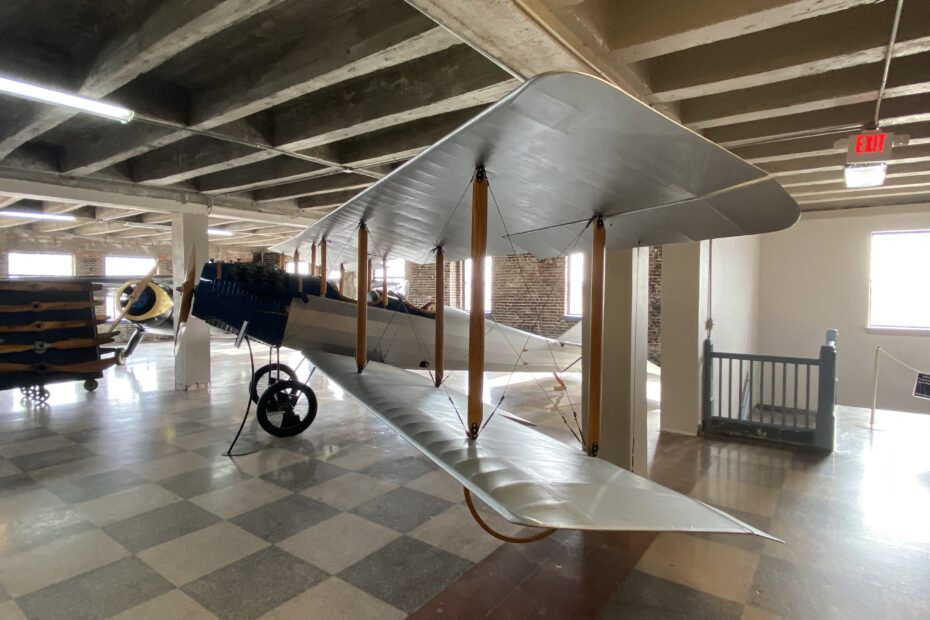
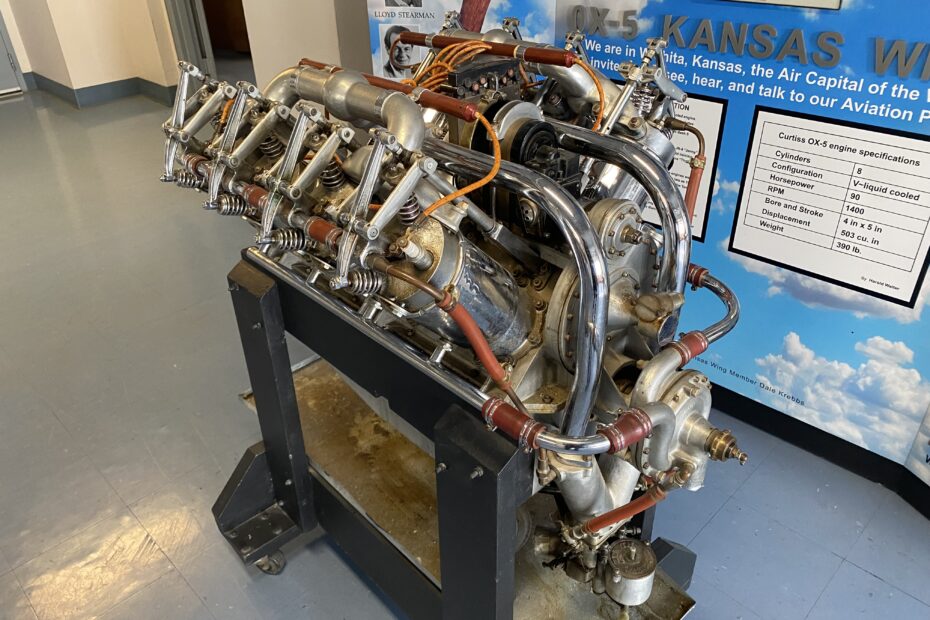
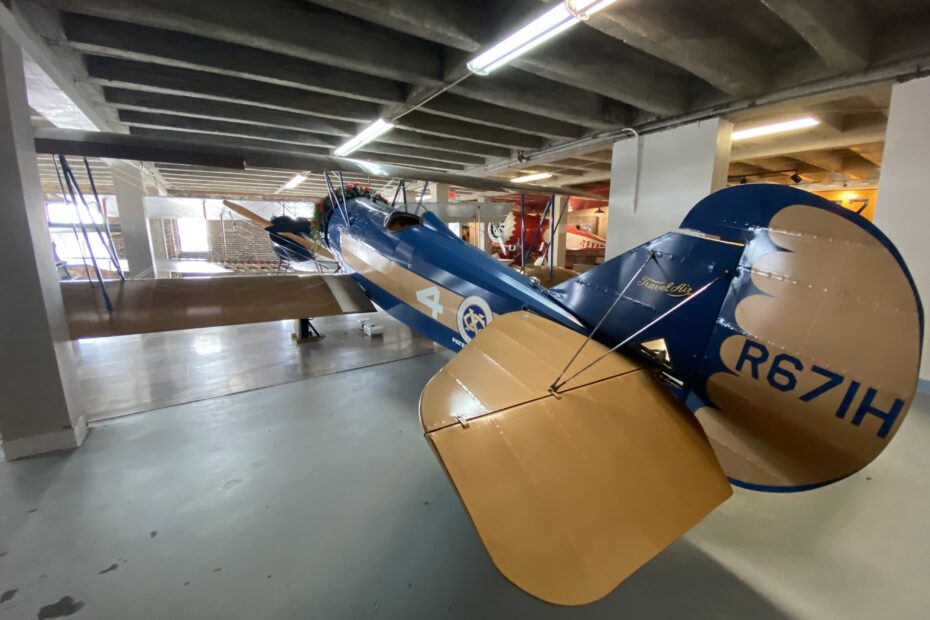
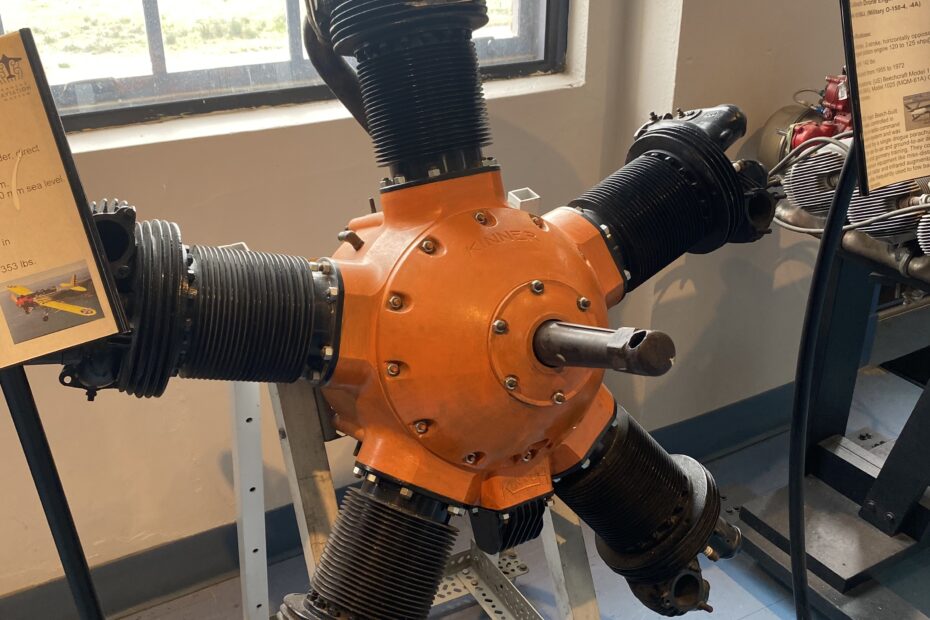
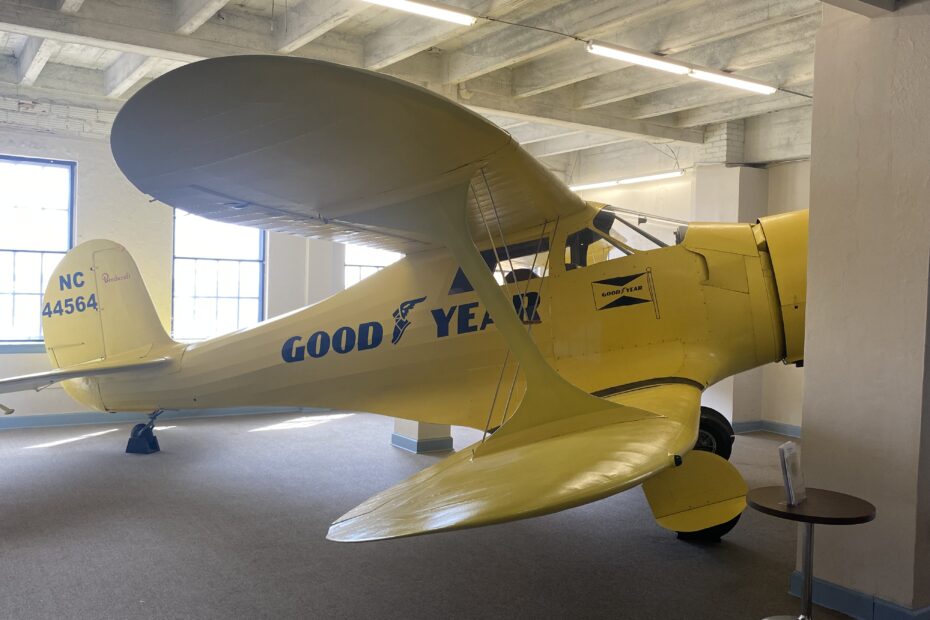
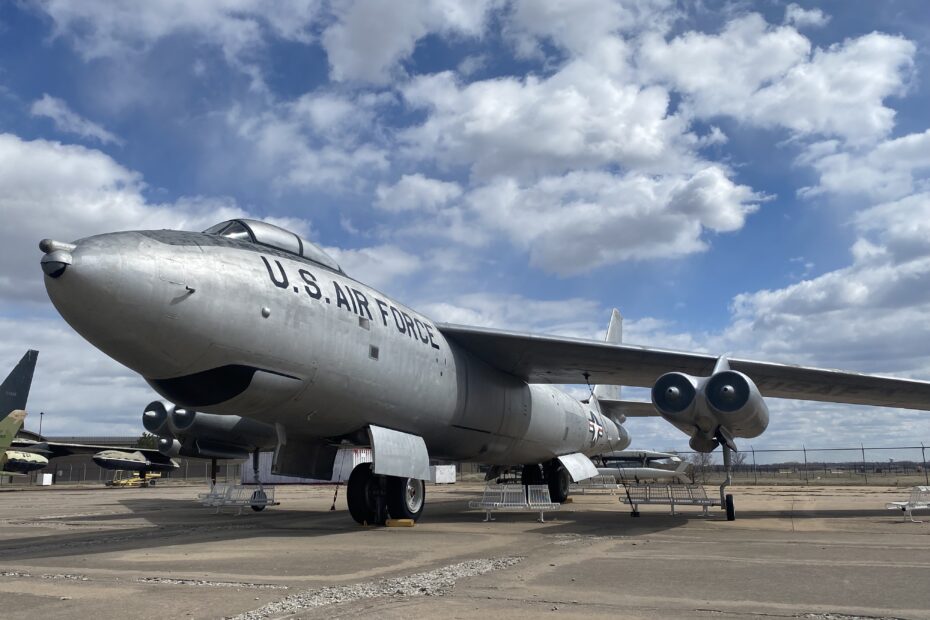
First Impressions
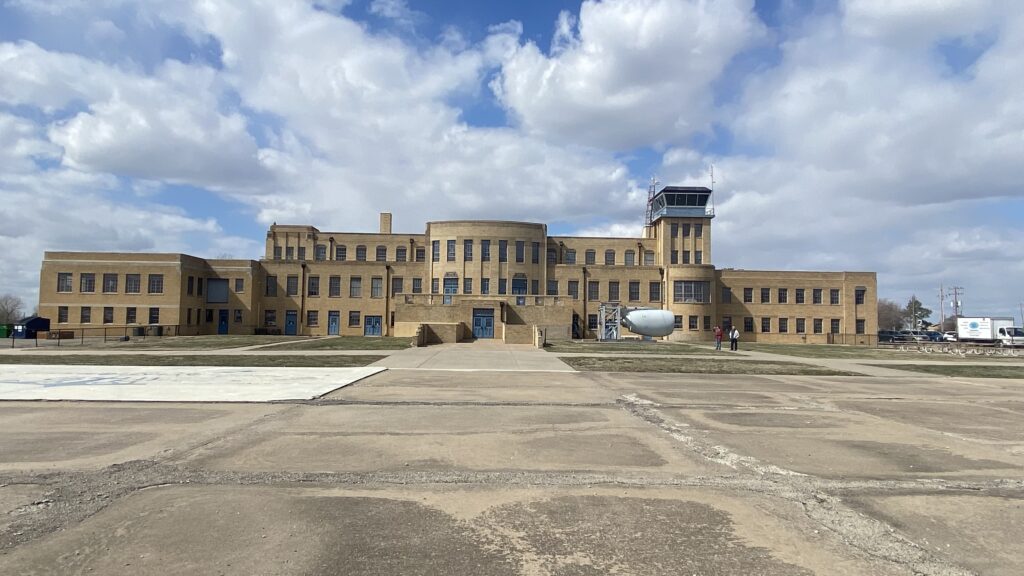
The terminal building, started in 1931 and completed in 1935 is a combination of art deco luxury and passenger utility from that era. The admissions desk is through the east door on the lower level. I was treated to a week long admission special of $5, however the normal adult admission is only $8.
Several Engine Displays
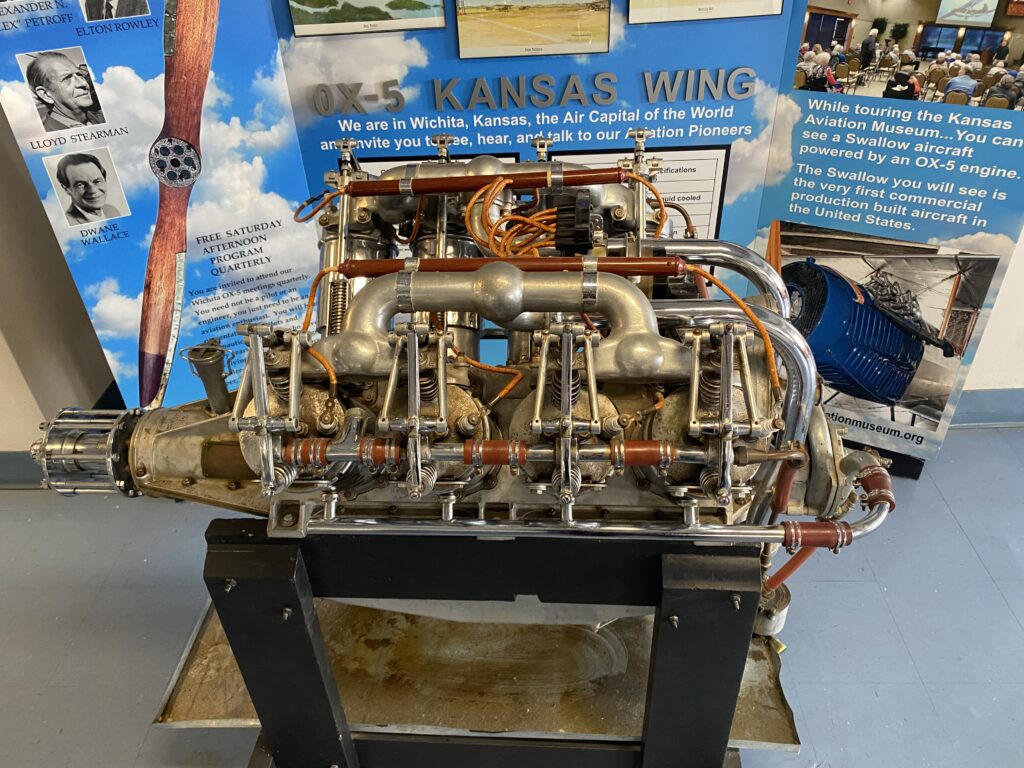
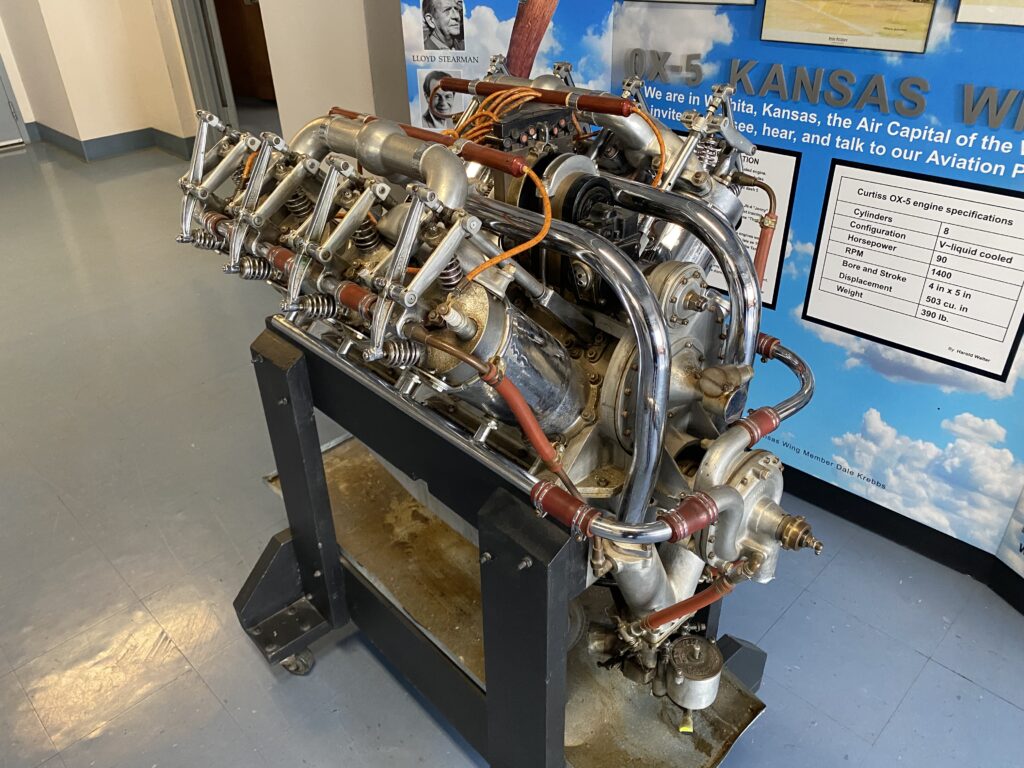
On entering the museum, the historic exhibits are immediately present at every turn. I was initially attracted to a Curtiss OX-5 engine on display. The OX-5 engine produced by Glenn Curtiss as early as 1910 powered several trainers used toward the end of WW I. The original Curtiss OX-5 engines were 8 cylinder liquid cooled and produced 90 HP at 1400 RPM. An air-cooled version was developed by Richard Tank of Wisconsin and came to be known simply as a “Tank Engine”.
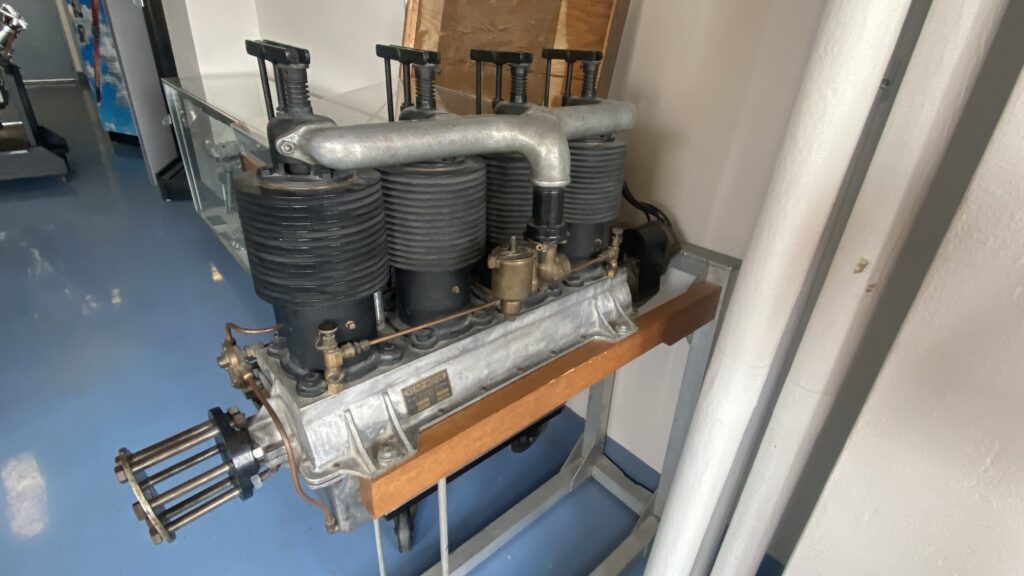
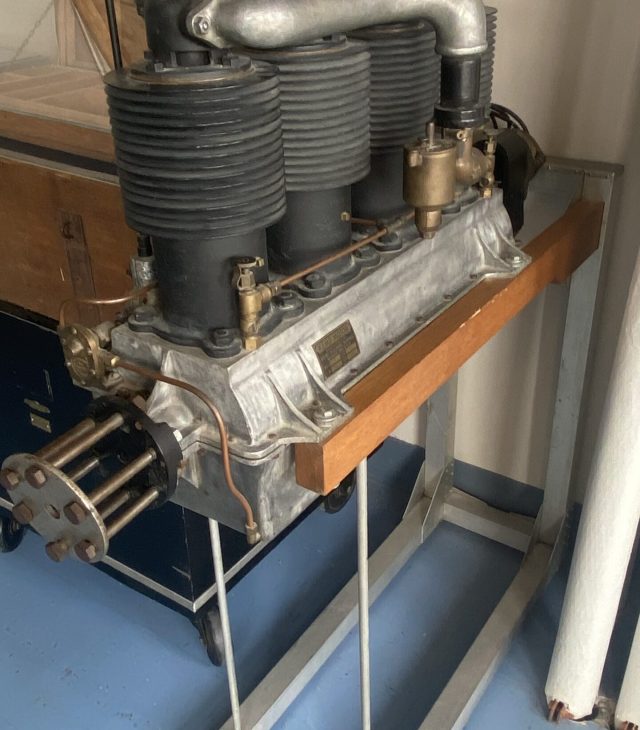
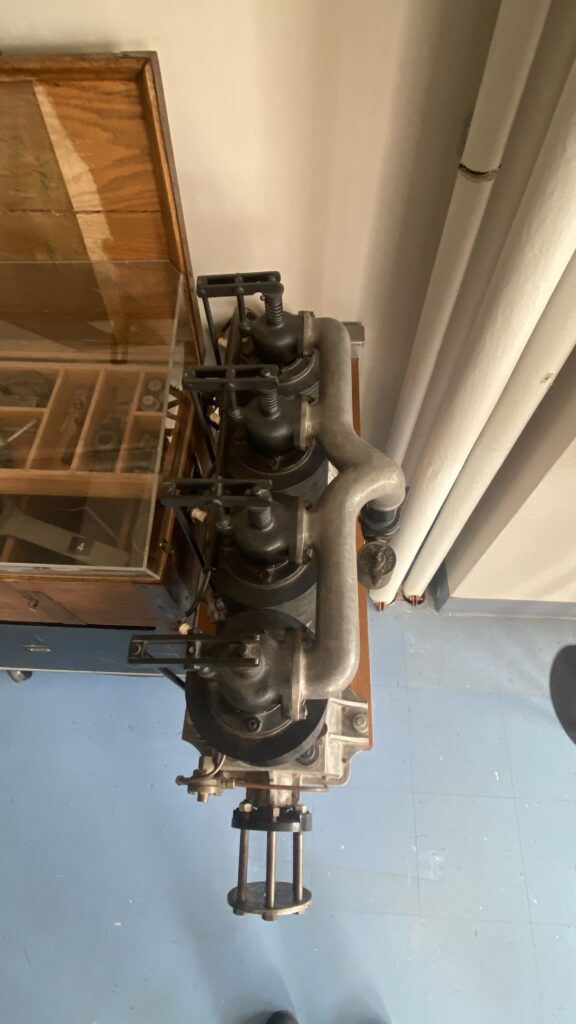
Adjacent to the Curtiss OX-5 was a 4-cylinder engine I had never seen or heard of before. The engine is a 1911 Kemp Engine Model C. The 4-cylinder Kemp engine developed 25 HP at 1200 RPM. The engine on display was purchased by George Weddle to be installed on a Bleriot type airplane but the airplane was struck by lightning and destroyed. The engine was then donated to the Kansas Aviation by the Weddle Family. What a great piece of aviation powerplant history.
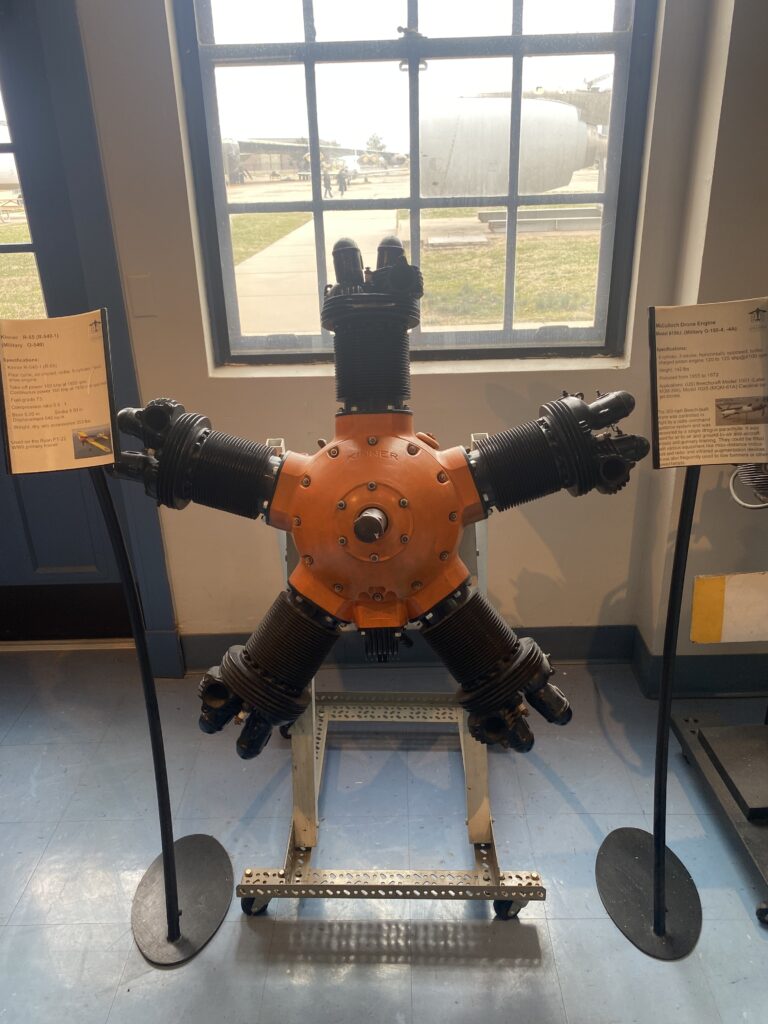
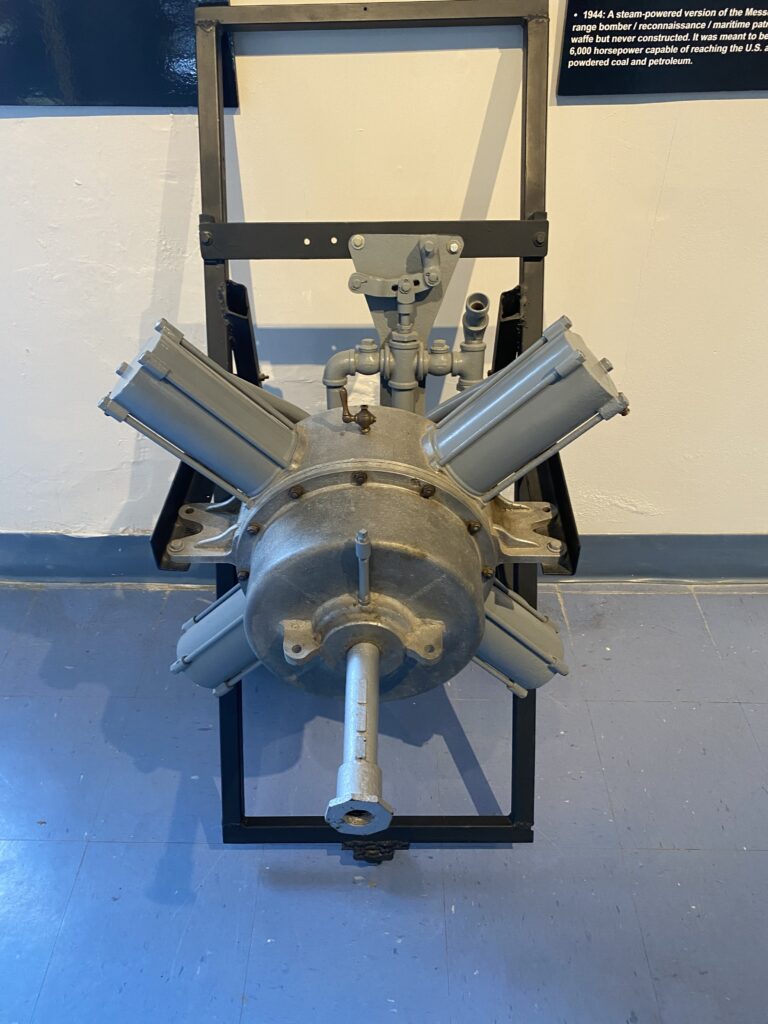
Several other engines were on display including a Kinner R-55 (540-1) 5 cylinder radial. This engine produced is a four-cycle air-cooled, 5 cylinder radial direct-drive engine, producing 160 bhp (brake horsepower) at 1850 rpm. It was highly successful and used on many WWII primary training aircraft, including the Ryan PT-22. Also included in the collection was a model, an early example of a steam engine, and a very detailed cutaway of a Pratt 670 radial engine.
Check out the video below to see the cutaway in action. There was also a very interesting article on a steam engine-powered Travel Air, which was produced in small numbers in Wichita in the early 1930s by the Besler Brothers.
Highlighting Early Aviation History
The walls were plastered with storyboards highlighting the aviation history which has given Wichita the title of the “Air Capital of the World.”
Companies like Cessna, Beechcraft, Stearman, and Travel Air are just a few of the more recognizable names. Companies like the Knoll Aircraft Company, Yellow Air Cab Company, Staughn Aircraft Company, the Braley Aircraft Company and flying school, the Jayhawk Aircraft Corporation, the Swallow Aircraft Company, Sullivan Aircraft Manufacturing, Stone Propeller Company, Imblum Aeronautical Company (Engines), Self Aircraft Corporation, Watkins Aircraft Company, Continental Aircraft Company, Laird Aircraft Company, Lark Airplane Company, and Yunker Aircraft Company are just a few of the airplane-related companies to call Wichita home during the golden age of aviation.
Unfortunately, for most of these companies, the ravages of the Great Depression would force bankruptcy and closure by the start of the early 1930s.
Indoor Displayed Aircraft
The eventual goal is to have a full write-up on each of the aircraft in this every museum article on Everything Airplanes.
In the meantime, I’ve listed some general and technical specs in table format next to the photos.
Stearman Model 4D Junior Speedmail SN 4029
The Stearman Model 4 was developed in 1930 from the earlier Model C3 with a deeper fuselage and was fitted with a range of more powerful engines. These features enabled the model 4 to arry heavier cargo loads, a feature much in demand at the time.
There were 7 model 4 variants made ( 4C / 4CM , 4D/ 4DM, 4E / 4EM, 4RM) for a total of 41 aircraft. The 4DM variant was a single-seat version of the 4D with dedicated baggabe / cargo hold where the forward passenger seat had been.
Priced at around $16,000, the Model 4 was sold to commercial operators in the United States with only 6 of the 4D model having been constructed when production ended. Users of the tupe included Varney Airlines ( later United Airlines ), American Airways ( later American Airlines ), with Standard Oil Company operating three of the model 4 for product promotion.
Texaco Oil Company operated the Model 4D on display, initially as Texaco 11 then as Texaco 14 until its retirement in February 1936. in later years it served as a crop duster as well as mosquito control for the Tennessee Vall Authority in Alabama.
The Kansas Aviation Museum completed restoration of the Stearman 4D in early 2014.
| General Characteristics | |
|---|---|
| Seats | 3 in the 4D / 1 in 4DM |
| Powerplant | 1 x P&W Wasp Jr. R985-1 (300 shp) |
| Wingspan | 38 ft. (top wing) / 28 ft. (lower wing) |
| Length | 25 ft |
| Gross Weight | 3800 lbs |
| Useful Load | 1502 lbs |
| Fwd. baggage | 162 lbs |
| Aft baggage | 42 lbs |
| Fuel | 106 gallons |
| Additional Specifications | |
|---|---|
| Cruise | 120 MPH |
| Top Speed | 145 MPH |
| Empty Weight | 2297 lbs |
| Gross Weight | 3800 lbs |
| Wing Span | 38′ / 28′ |
| Length | 26’11” |
| Height | 10’2″ |
| Service Ceiling | 15,000′ |
| Climb in 1 Minute | 1050′ at sea level |
1928 Travel Air Model D 4000 S/N 1266 Registration N671H.
Ranging from the origina A-4000 to the Z-4D, there were 12 models with 31 variants of the two-place, three seat, open cockpit biplane manufactured by the Wichita, Kansas based company.
Introduced in early 1926, the first 4000 series plane had most of the characteristics typical of its successors – a welded steel tubing fuselage and wings constructed with spruce spars and plywood ribs. The airplane was available as a crop duster, was used by several famous aviators in barnstorming and racing and could be fitted with floats.
Equipped with “SPEEDWINGS” and the 200 hp Wright J-5 Whirlwind, some were constructed with one seat for racing. The letter “D” usually indicated the aircraft was equipped with racing SPEEDWINGS. The D-4000 was often used by Hollywood as the Germany WWI fighters in movies like Hell’s Angels and Dawn Patrol. This type was known as the Wichita Fokker.
The Kansas Aviation Museum’s D-4000 on exhibit was flown to first place in the 1929 “Powder Puff Derby” by Louise Thadden.
| Specifications | |
|---|---|
| Seats | 3 Place (1 Pilot + 2 Passengers) |
| Powerplant | 1 x Wright J-t Whirlwind radial engine – 220 shp |
| Fuel Capacity | 87 gallons |
| Empty Weight | 1,695 lbs. |
| Gross Weight | 2,702 lbs. |
| Useful Load | 1007 lbs. |
| Maximum Speed | 120 mph |
| Cruise Speed | 103 mph |
| Landing Speed | 48 mph |
| Rate of Climb | 720 ft. / minute |
| Service Ceiling | 13,000 ft. |
| Range | 650 statute miles |
1930 Watkins Skylark Model SL
The basic configuration of the Watkins Skylark is a single-engine, low-wing, two-place, open-cockpit monoplane built by the Watkins Aircraft Company located at 2300 E. Douglas in Wichita, Kansas. After building 1 prototype and 5 production aircraft, the company went bankrupt in 1931.
The museum possessed almost of the principal pieces of this specific aircraft – the wings – the ailerons, rudder, elevators, struts, several spars, and the vertical stabilizer with the Watkins Skylark logo still on the fabric. This allowed for a complete restoration by the Kansas Aviation Museum volunteers in early 2016.
| Specifications | |
|---|---|
| Seats | 2 Place |
| Powerplant | 1 x Leblond, 60 shp |
| Fuel | 20 gallons |
| Fuel Consumption | 5.5 gallons per hour |
| Empty Weight | 885 lbs. |
| Gross Weight | 1,350 lbs. |
| Useful Load | 465 lbs. |
| Cruise Speed | 85 mph. |
| Maximum Speed | 103 mph. |
| Service Ceiling | 13,000 feet. |
| Rate of Climb | 100 ft. per minute. |
Beechcraft D17S Staggerwing
SN 6925, NC44564 Originally designated as a military variant: USAAF UC-43 / USN GB-2 AAF s/n 44-76080 / USN Bu. No. 233745.
The Beechcraft Model 17 Staggerwing is a cabin-class executive passenger biplane with an atypical negative stagger (lower wing is further forward than the upper wing) that first flew in 1932. The model 17 was the first model built by the new Beechcraft organization. The design enabled better pilot visability from the cockpit and improved flight stability.
The D17S Staggerwing on exhibit was delivered to Goodyear Tire and Rubber company in July 1944 for executive travel in connection with military contracts. In 2010, it was found in a collapsed barn in Hutchinson, Kansas and was donated to the Kansas Aviation Museum in September 2012. It was restored by volunteers and placed on exhibit in 2017,
| General Characteristics | |
|---|---|
| Seats | 1 x Pilot + 3 Passengers |
| Payload | 125 lb of baggage |
| Powerplant | 1 x Pratt & Whitney R-985-AN-3 “Wasp Junior” 9-cylinder radial engine, 450 shp @ 2300 rpm |
| Length | 26 ft. 10.6 in. |
| Height | 8 ft. |
| Wingspan | 32 ft. |
| Fuel | 103 Gallons (Useable) |
| Consumption (cruise) | 25 gph |
| Empty Weight | 3,014 lbs. |
| Maximum Weight | 4,250 lbs. |
| Useful Load | 1,236 lbs. |
| Performance | |
|---|---|
| Maximum Speed | 212 mph |
| Cruise Speed | 202 mph |
| Landing Speed | 45 mph |
| Rate of Climb | 1,500 ft. per minute |
| Range | 670 statute miles |
| Service Ceiling | 25,000 ft |
Outdoor Displayed Aircraft Gallery
In addition to the wonderful aircraft displayed inside the historic terminal building, the museum has a good collection of airplanes on the ramp outside. To save a bit of space on this post, I’ve just added the photos below with a short description.
One of the more unique aircraft on the ramp is the Beechcraft Starship. I was able to take a short video tour of this airplane during my visit. You can see the entire video below. The Boeing B-47 also was of great interest to me. I really appreciate the styling of this first-generation jet bomber. To me, this is as much a piece of art as a military weapons delivery platform. Just a beautiful airplane. Too bad there aren’t any of these airframes flying the airshow circuit nowadays.
Summary
“If you are looking for an interesting and educational activity to do in Kansas, then the Kansas Aviation Museum is definitely worth checking out! This museum is dedicated to preserving aviation history, showcasing the incredible accomplishments and innovations in flight that have taken place over the years.
You will be able to explore exhibits that highlight the fascinating stories behind different aircraft, including their engineering, design, and historical significance. Whether you are a plane enthusiast, a history buff, or simply looking for a fun day out with family or friends, the Kansas Aviation Museum is a great choice.
With so much to see and learn, you are sure to have an enjoyable and educational experience that you won’t soon forget.
So if you haven’t already, make sure to stop by the Kansas Aviation Museum and discover all the wonders of flight!”
I have a ton of content, and I’m working to get my other museum visits posted. Please return often as I’m planning to add more content as soon as possible. If you would like to help me with this effort, you can select the donate button on the home page to help me with my travel costs to these museums and airshows. Any help you can provide is greatly appreciated. Please leave your comments, and I’ll try to answer them in a timely manner.
Thanks again for supporting Everything Airplanes both here and on my other channels – listed below
God Bless!
Additional Museum Information
Phone : (316) 683-9242
You can plan your visit or take a virtual tour and much more on the Kalamazoo website.
Leave a Reply
Kansas Aviation Museum – Where History Takes Flight
Sign up for our Newsletter
Receive weekly emails about new articles, video releases and website updates. Unsubscribe anytime.
